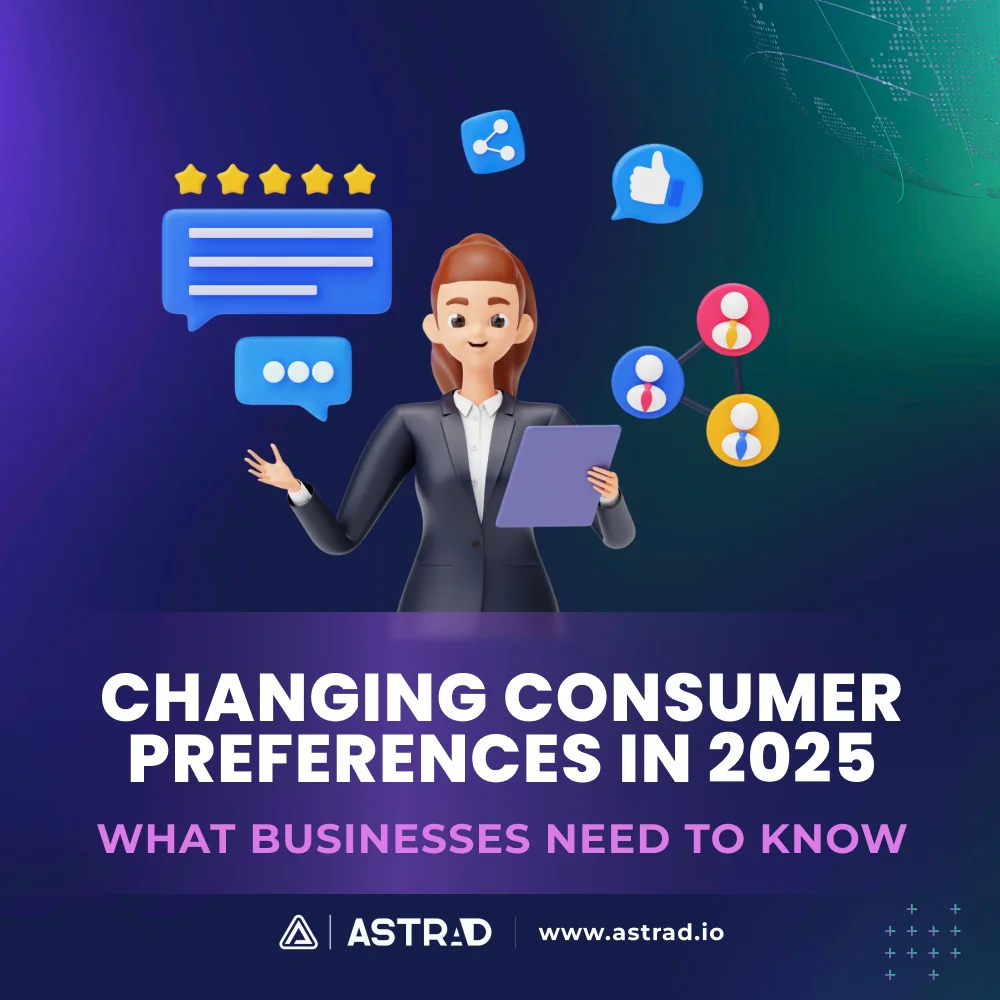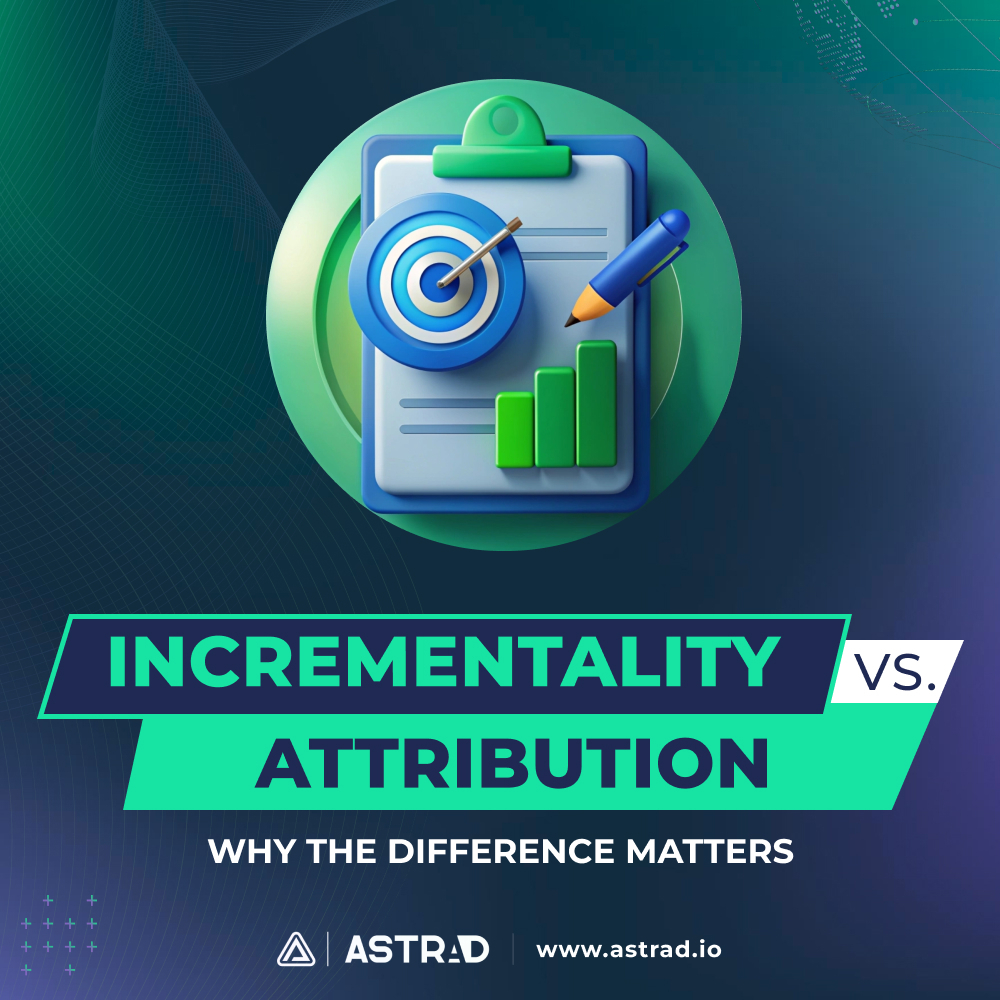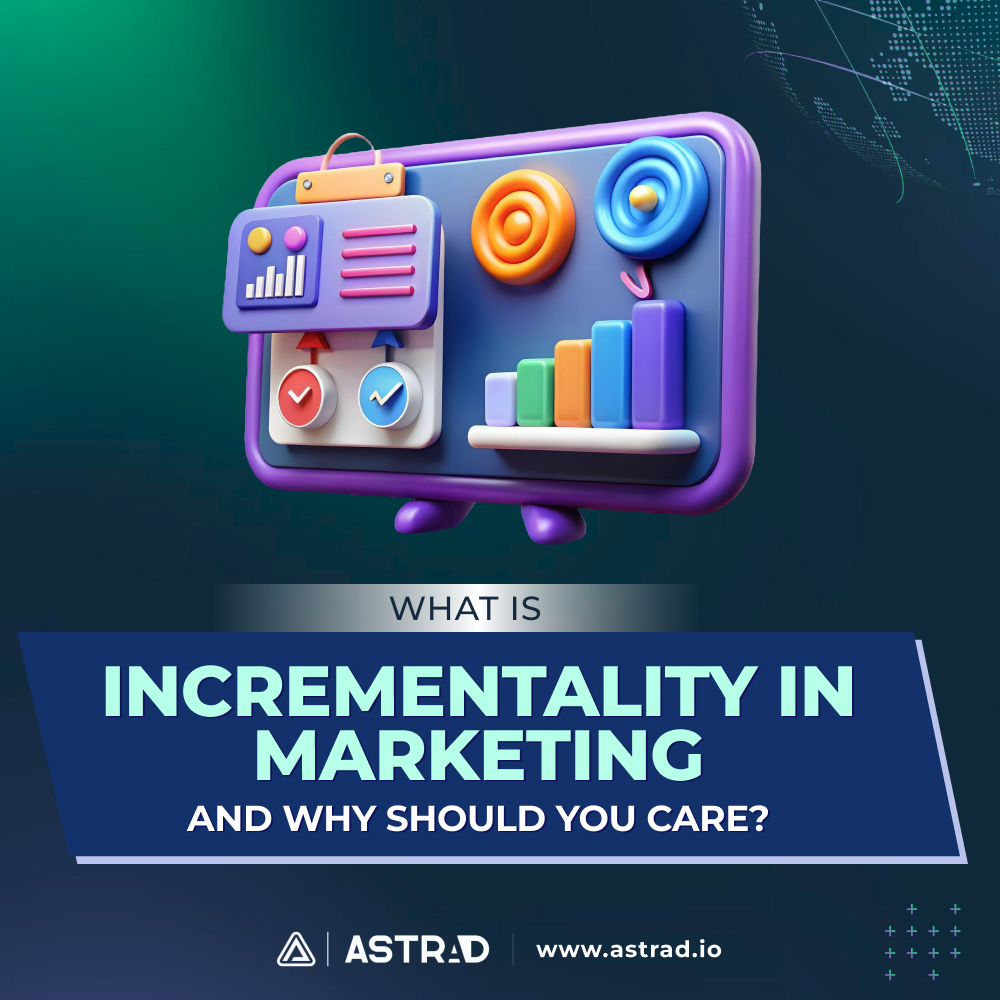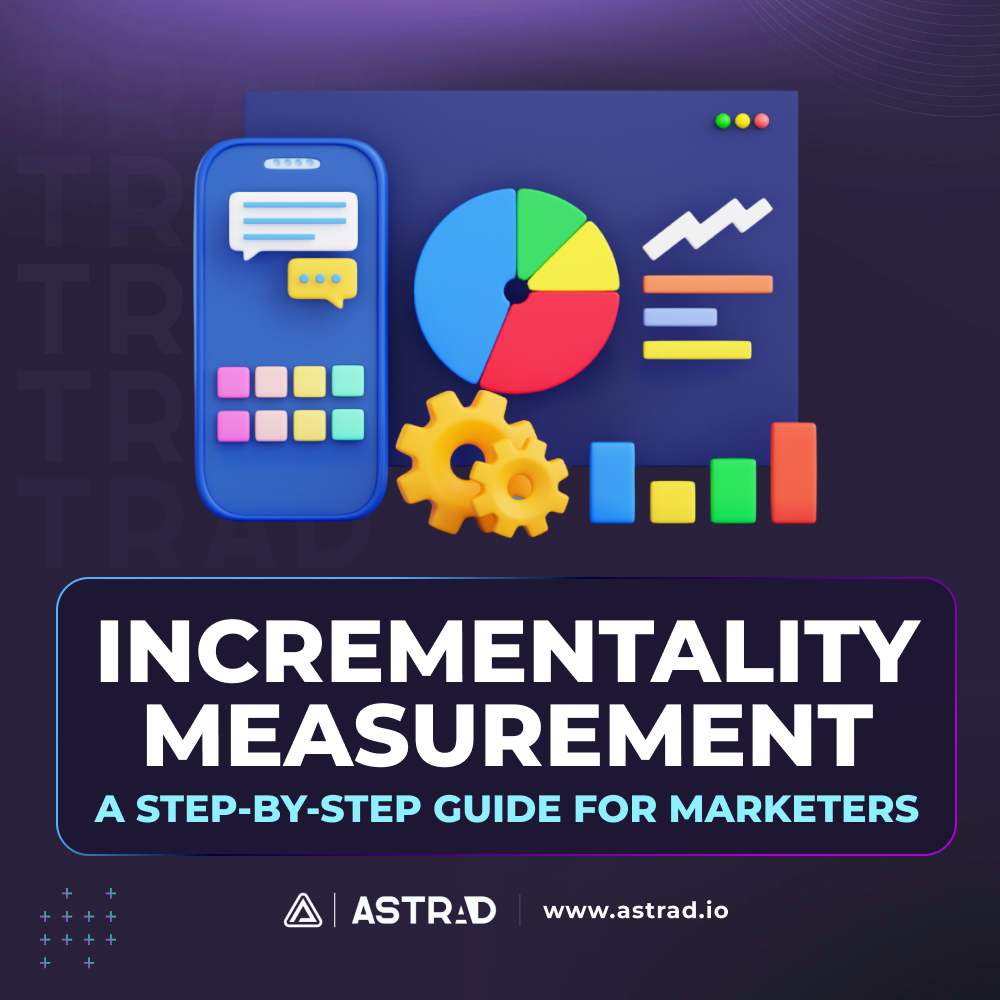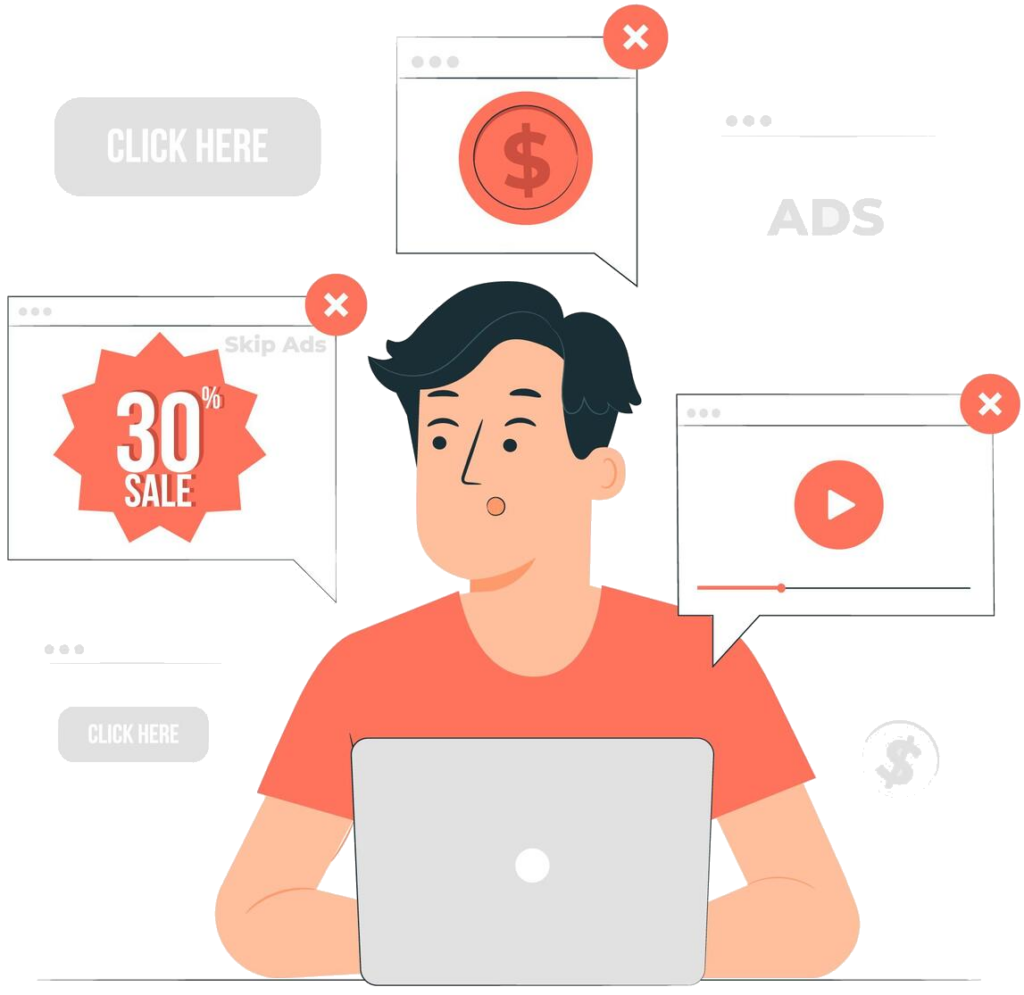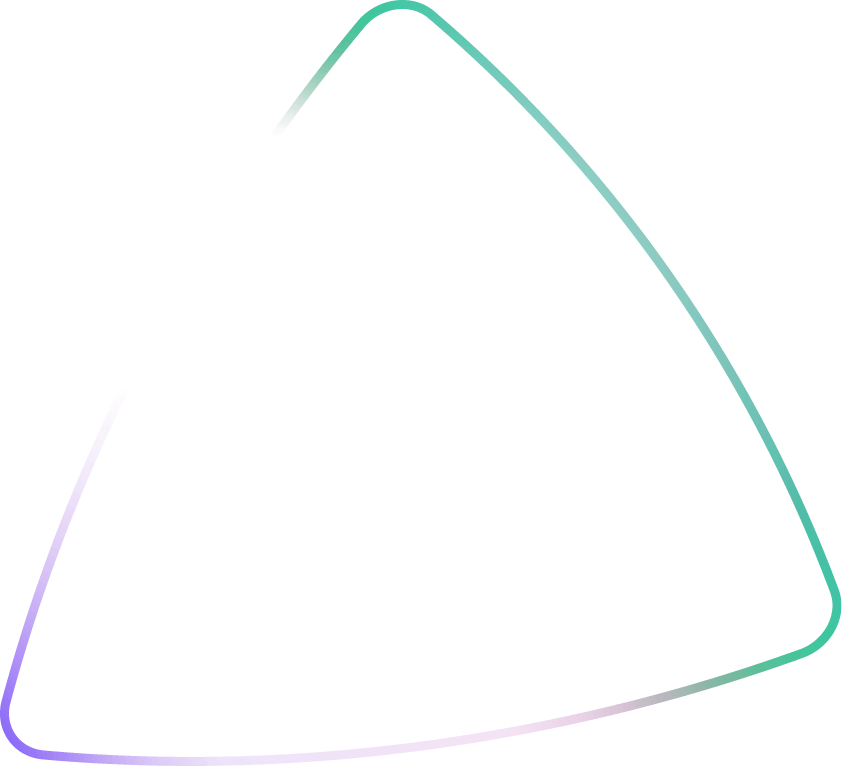Your customers aren’t the same people they were five years ago. Hell, they’re not even the same people they were last Tuesday. Consumer behavior shifts faster than TikTok trends these days, and if you’re still operating with a playbook from 2020, you might as well be selling flip phones at an iPhone convention.
Here’s the reality check nobody wants to hear: the businesses that survive and thrive in 2025 aren’t the ones with the biggest budgets or the flashiest marketing campaigns. They’re the ones that actually pay attention to what their customers want — and more importantly, what they’re going to want next week.
The old “build it and they will come” mentality is deader than disco. Today’s consumers are pickier than food critics at a gas station hot dog stand, more informed than Wikipedia editors, and they switch loyalties faster than politicians change their positions. Understanding consumer preferences isn’t just important for your marketing strategy — it’s the difference between staying relevant and becoming a cautionary tale told at business school.
Understanding Today's Shifting Consumer Preferences
The way people shop, buy, and interact with brands has been turned completely upside down, and it’s not slowing down anytime soon. What we’re seeing isn’t just a temporary blip — it’s a fundamental shift in how consumers think about everything from where they spend their money to what values they expect brands to share.
The Big Picture of Changing Consumer Preferences
Consumer preferences have been shifting in ways that would make a chameleon jealous. We’re talking about changes across every aspect of the buying process — what people want, how they want it delivered, what they’re willing to pay for, and what makes them hit that “unsubscribe” button faster than you can say “personalized offer.”
These shifts aren’t happening in isolation either. They’re interconnected, creating ripple effects that touch everything from product development to customer service strategies. A preference for sustainability doesn’t just affect what products people buy — it influences how they want those products packaged, delivered, and even how they expect companies to treat their employees.
The businesses that understand these connections are the ones gaining market share while their competitors are still trying to figure out why their old marketing tactics suddenly stopped working.
What's Driving These Changes
Technology Keeps Changing the Game
Artificial intelligence and automation aren’t just buzzwords anymore — they’re reshaping customer expectations. People now expect websites to remember their preferences, apps to predict what they need, and customer service that doesn’t require explaining their problem seventeen times to different representatives.
E-commerce platforms have gotten so sophisticated that shopping online often feels more personalized than walking into a physical store. When your phone knows you need coffee before you do, brick-and-mortar retailers better step up their game or risk becoming museum pieces.
Global Events Hit Different
The pandemic didn’t just change where people worked — it fundamentally altered how they think about health, safety, convenience, and what really matters in life. Economic uncertainty has made consumers more value-conscious, while environmental concerns have pushed sustainability from “nice to have” to “deal breaker” status.
These aren’t temporary adjustments either. People who discovered they could get groceries delivered aren’t going back to fighting for parking spots at the supermarket just because they can.
Major factors reshaping consumer behavior:
- Economic uncertainty driving value-focused purchasing decisions
- Health consciousness affecting product choices across all categories
- Remote work changing shopping patterns and lifestyle priorities
- Social justice movements influencing brand loyalty and purchasing decisions
- Climate change concerns making environmental impact a priority consideration
Social Media and Influencer Culture
Social platforms have turned every consumer into a potential brand ambassador or brand destroyer. One viral TikTok can make or break a product launch, and influencers now carry more weight than traditional celebrities when it comes to purchase decisions.
This shift has made authenticity more valuable than polish. Consumers can smell a fake from a mile away, and they’re not afraid to call it out publicly.
Ethics and Sustainability Aren't Optional Anymore
Today’s consumers, especially younger ones, want to know their purchases align with their values. They’re researching supply chains, checking environmental impact, and choosing brands that stand for something beyond profit margins.
This isn’t just virtue signaling — it’s becoming a primary decision factor that influences everything from daily coffee choices to major purchases.
Key Consumer Preferences and Trends to Watch in 2025
Understanding where consumer preferences and trends are heading gives businesses the chance to get ahead of the curve instead of playing catch-up when it’s too late.
Personalization Has Become Non-Negotiable
Generic marketing messages are about as effective as a screen door on a submarine. Consumers expect experiences tailored specifically to them, not just their demographic group, but their individual preferences, purchase history, and behavior patterns.
This goes beyond slapping someone’s first name in an email subject line. Real personalization means understanding customer behavior and preferences well enough to anticipate needs and deliver relevant solutions before customers even know they need them.
Sustainability Drives Purchase Decisions
Environmental consciousness has moved from fringe concern to mainstream priority. Consumers are actively seeking brands that demonstrate a genuine commitment to sustainability, and they’re willing to pay premium prices for products that align with their environmental values.
But here’s the catch — they can spot greenwashing from orbit. Superficial environmental claims without substance will backfire harder than a 1990s pickup truck.
Key sustainability expectations:
- Transparent supply chain information and ethical sourcing practices
- Minimal packaging using recyclable or biodegradable materials
- Carbon-neutral shipping options and environmental impact disclosure
- Corporate social responsibility initiatives that create real change
- Product durability and repairability over planned obsolescence
Omnichannel Experiences Are Expected
The lines between online and offline shopping have blurred beyond recognition. Customers want the flexibility to research online, try products in-store, order for home delivery, and return items through whatever channel is most convenient.
Businesses that can’t provide seamless experiences across all touchpoints are losing customers to competitors who can. It’s not enough to have both online and offline presence — they need to work together like a well-choreographed dance.
Health and Wellness Take Center Stage
Consumer preference in marketing has shifted heavily toward health and wellness, influenced by increased health consciousness and a focus on mental well-being. People are making purchase decisions based on how products impact their physical health, mental state, and overall quality of life.
This trend extends beyond obvious categories like food and fitness. Even technology companies are emphasizing features that promote digital wellness and work-life balance.
Technology Adoption Accelerates
Consumers are more willing than ever to try new technologies that make their lives easier, more efficient, or more enjoyable. From voice commerce to augmented reality shopping experiences, the appetite for tech-enabled solutions continues growing.
However, adoption speed varies significantly across different demographic groups, making it crucial for businesses to understand their specific customer base before investing heavily in new tech solutions.
How Businesses Can Adapt to Changing Consumer Preferences
Recognizing these shifts is only half the battle — the real challenge lies in actually adapting business strategies to meet these new expectations without losing what already works.
Staying Ahead of Consumer Trends
The best businesses don’t just react to trends — they anticipate them. This requires building systems for continuous customer feedback, monitoring social media conversations, and analyzing purchasing data for early signals of preference shifts.
Setting up regular customer surveys, focus groups, and social listening tools helps identify emerging preferences before they become mainstream demands. The goal is spotting trends when they’re still small enough to influence rather than waiting until you’re forced to react.
Trend-spotting strategies:
- Monitor social media conversations and hashtag trends
- Analyze customer service inquiries for recurring themes
- Track changes in search behavior and website analytics
- Engage directly with customers through surveys and interviews
- Follow industry reports and consumer research studies
Adapting Product and Service Offerings
Once you’ve identified shifting preferences, the next step is adapting what you offer to meet these new expectations. This doesn’t necessarily mean completely overhauling existing products — sometimes small adjustments can make significant differences.
The key is understanding which changes are fundamental shifts versus temporary fads. Sustainable packaging might require upfront investment but represents a long-term preference shift, while trendy product colors might generate short-term interest without lasting impact.
Successful adaptation often involves testing changes with small customer segments before rolling out company-wide modifications. This approach minimizes risk while gathering real-world feedback about what actually resonates with customers.
Optimizing Customer Experience
Customer experience optimization means examining every touchpoint where customers interact with your brand and ensuring each one meets current expectations. This includes everything from website navigation and checkout processes to customer service interactions and post-purchase follow-up.
The goal is creating experiences so smooth and intuitive that customers don’t even think about them — they just work. When customers have to struggle with your processes, they’ll find competitors who make things easier.
Experience optimization focus areas:
- Streamline online and offline purchasing processes
- Improve response times across all customer service channels
- Personalize communications based on individual customer data
- Create flexible return and exchange policies
- Implement self-service options for common customer needs
Staying Competitive in the Preference Game
Adapting to changing consumer preferences isn’t a one-time project — it’s an ongoing commitment that requires constant attention and adjustment. The businesses that thrive in 2025 will be those that build preference monitoring and adaptation into their regular operations.
This means creating systems for tracking customer feedback, analyzing behavior data, and testing new approaches before competitors catch on. It also means being willing to change course when data shows current strategies aren’t working, even if those strategies were successful in the past.
The cost of ignoring shifting preferences keeps growing. In a world where customers have unlimited options and zero patience for businesses that don’t understand them, staying aligned with consumer expectations isn’t just a good strategy — it’s survival.
Start by auditing your current understanding of customer preferences, then build systems for continuous monitoring and adaptation. The businesses that master this approach will be the ones still growing while their competitors wonder what happened to their customers.

